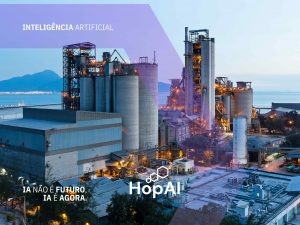They say the world spins fast, faster and faster, right? Likewise, the business strategies that were thought for 10, 20 years ahead are no longer viable today, or at least are very risky. Of course, there are long-term strategies, but the trend in recent years, reinforced by the startup model, the Lean, agile vision, is to think short-term strategies and go testing, evaluating, adjusting and pivoting if necessary.
In this article, we will discuss some of the main schools of strategy and the impacts and trends with the presence of artificial intelligence (AI) that are changing the way companies operate. With the advancement of technology, Artificial Intelligence offers new opportunities to improve efficiency, productivity, and customer experience. From cost reduction to innovation, AI will be present and can direct towards a strategic advantage against the competition.
Let’s then analyze the theories of Michael Porter, Henry Mintzberg, and C.K. Prahalad, great thinkers of organizational strategies.
Porter
We start with the famous Porter, the same one from Competitive Strategies, from Porter’s 5 Forces. In Porter’s context, AI can be a source of competitive advantage for companies, allowing them to create more innovative and personalized products and services for their customers (Differentiation Strategy). For example, a retail company can use AI to analyze its customers’ purchase data and create personalized offers based on their interests and preferences. Additionally, AI can be used to improve operational efficiency, enabling companies to reduce costs (Cost Leadership or Focus Strategy) and increase productivity. Porter wondered: given the same sector, a group of companies in this sector, why were some companies more profitable than others? Basically, by the generic strategies they choose, cost or differentiation. From this previous level, when there are two companies in the same sector and with the same strategy, for example, cost focus, the most profitable will be the one that can better implement the strategy itself, operate better, a better value chain.
Today I notice this in competing clients who use AI. We can verify that some operate better than others, some use AI in more interesting strategic points, with better results.
Mintzberg
Moving on to the thinking of Mintzberg, he brought some questions to Porter’s theories, with more details on what would be differentiation (Differentiate by quality, design, support, image), he focuses on “price” and not on “cost” (After all, it’s hard to know the competitor’s cost) and he includes non-differentiation (copying) as a strategy, copying competitors, imitating launches. Mintzberg’s most interesting contribution lies in the descriptions of the schools of strategy: Design, Planning, Positioning, Entrepreneurial, Cognitive, Learning, Power, Cultural, Environmental, Configuration. The first 3 are prescriptive schools, with deliberate strategies (thought before to be executed later) and the others are descriptive, with deliberate strategies added to emerging ones (strategies that were not thought before). Here is born the idea that strategies do not only come from the top, from leadership, but can “be born” in the day-to-day, can ascend and complement each other. Intention + emergence combine with the possibility of emerging strategies. It’s not possible to predict everything, it’s not possible to think 20 years ahead anymore, we have to, on a daily basis, go adjusting, pivoting, with a notion, of course, of the direction, of where we are going. Accepting change on a daily basis also becomes a strategy. Understanding that an AI that was implemented there in department X began to generate so much result that it can direct the company to a new more profitable strategy, for example.
In the context of Mintzberg, AI can be seen as a tool for organizational change. It can help companies adopt new business models and adapt to new competitive environments. Without AI a company will lose competitiveness, whether by maintaining high costs in routine and manual processes (human), by losing efficiency in response time, or by not being able to work with signals and data (big data) that can be read by an AI and help direct small emerging strategies, for example.
Prahalad
Prahalad emphasizes the importance of disruptive innovation for companies. AI can be a source of disruptive innovation, allowing companies to create new products and services that can revolutionize a sector or market. For example, AI can be used to create urban mobility solutions, such as autonomous cars, which can change the way people move and transform the automotive sector. Following our chronology, soon after came the Blue Ocean Strategy, which challenged companies to cross the barriers of the bloody red ocean of competition, creating unexplored market spaces, with less competition. Read today: Innovate, innovate, innovate. Nothing new, Prahalad was already saying that.
But something interesting emerges in the Blue Ocean: DIFFERENTIATION + COST LEADERSHIP. Something impossible for Porter, but that the Blue Ocean understands as the path to success. Be innovative, differentiate and be at the same time cost leader, lower prices and your advantage will be infinite. No company will be able to compete if you have quality and the lowest market price. It’s difficult for “adventurers” to enter your market if your prices generate a low-profit margin that is not attractive for them to invest in starting a competing business.
After all, of all the strategies, what every company truly seeks is SUSTAINABLE COMPETITIVE ADVANTAGE. How to be in leadership for as long as possible in a sustainable way? This brings us back to the strategy based on competitive advantage and core competencies. AI can be a tool to help companies develop and improve their core competencies, allowing them to create competitive advantage in their respective markets. For example, a manufacturing company can use AI to optimize its production processes, allowing it to produce high-quality products at a lower cost than its competitors. This can lead to a sustainable competitive advantage, as long as the company is able to maintain its leadership in technology and innovation.
Another example, a financial services company can use AI to analyze large amounts of financial data and identify patterns that can lead to new and agile innovative products and services, while the competition still operates on a one-to-one, manual basis, with errors and long response times to the customer. Today, OpenAI’s ChatGPT, as well as other large language LLM models, current and coming in the near future, can greatly reinforce the capabilities of collaborators and thus reflect on improving the core competencies that lead to competitive advantages. A professional working with the support of AI can be much more productive. Winning businesses will use AI strategically, seeking this sustainable competitive advantage. AI in basic operation is important, yes, it helps reduce costs, but it is not sustainable by itself, it is not so “valuable”, “rare”, “irreplaceable”. AI needs to be integrated into the organization in various products/projects. Companies will seek a broad AI journey and not just develop 1 project. It starts with one, but it cannot stop there.
Also, one should not do an AI project for the technology, but for its return. ROI, profit, cost reduction, contribution margin are some examples of business metrics that should be used in parallel to AI metrics such as accuracy, precision, recall, MAE, MAPE, etc. It is the former that will keep AI active and the company actually prospering. They obviously depend on AI metrics for the algorithms to perform well, to achieve the results.
It is important to keep in mind that an implementation of AI can be challenging, as it requires significant investment in technology and a cultural change within the organization. How to understand that the solution can err? Strange, isn’t it? Can it only hit 80%? Strange, isn’t it deterministic? No! But by understanding its capacity and its probabilistic perspective, the company “flies”. Logically AI presents ethical challenges and data privacy issues that need to be addressed, it is part of AI projects to evaluate these issues.
Conclusion and Future Vision
For companies that can overcome these challenges and use AI effectively, the sky is the limit. The opportunity to create sources of competitive advantage, improve customer experience, and drive disruptive innovation is on the horizon. With the advancement of technology and the increasing availability of data (Big Data), it is likely that most business strategies in the future will be data-driven. The ability to analyze large amounts of data in real time allows companies to make broader and more accurate decisions, which can lead to better performance and results. Look, there are already companies putting an “AI” on the board of directors to support decisions. Who would have imagined this 20 years ago?
Companies need to understand that the new trends in strategy require: Data orientation, Flexibility for changes, Agility and Speed in change (learn quickly), Participation of everyone in the composition of emerging paths/strategies, Understanding that competencies will be in people and also in the use of integrated technologies, Seek and generate sustainable competitive advantages, Operate focusing on cost reduction and differentiation at the same time.
In summary: Every business will use AI in its processes and decision-making (pervasive). Winning businesses will use AI strategically, a journey of AI, seeking such sustainable competitive advantage.



